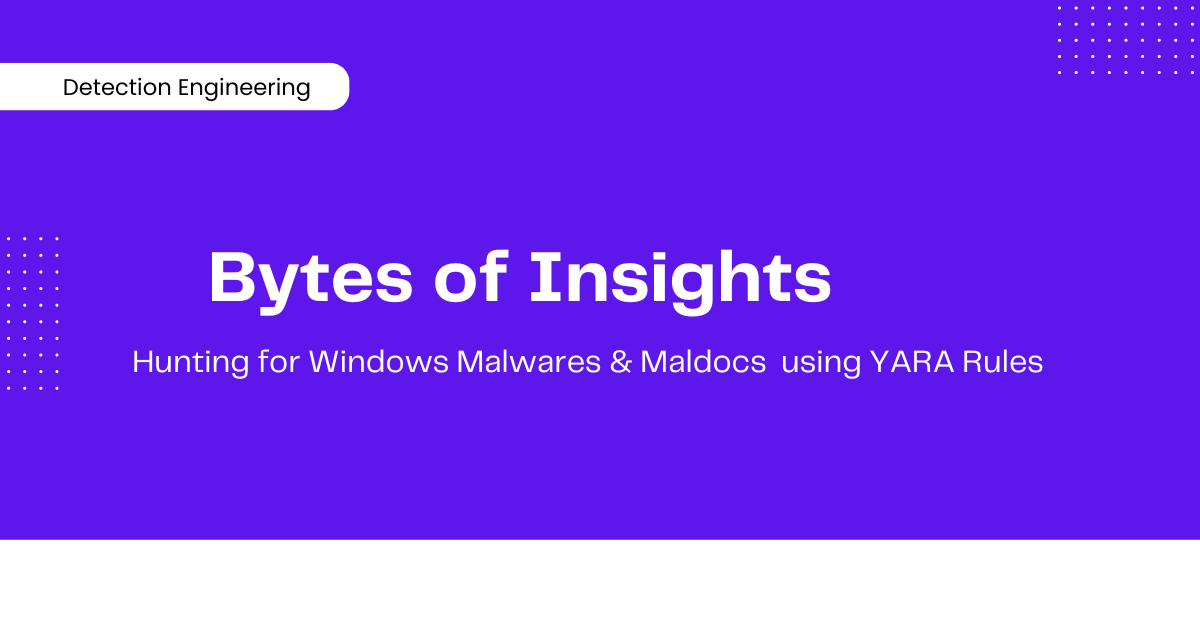Part 4.2 - Hunting for Web Shells deployed on Servers.
A web shell is a malicious file placed on a victim’s web server that allows the threat actor to remotely execute commands. Many of the compromises I have investigated involved web shells on internet-exposed web servers, such as Microsoft IIS servers, Citrix NetScaler servers, and others. The web shell functions as both a backdoor and a persistence mechanism for the threat actor.
I used to run YARA rules as soon as I obtained the disk image of any compromised web server to check for the presence of known web shell signatures. In many cases, I was fortunate to find that the actor had dropped a web shell immediately after exploiting vulnerabilities on the target server. This approach makes it easier to search through web server logs for interesting indicators of compromise (IOCs) such as the threat actor’s IP address, user agent, etc.
1
2
C:\inetpub\wwwroot\ # On Windwos IIS Server
/var/www/html/ # on Linux Servers
I have linked here a collection of YARA rules that contains a good number of web shell detections.
What if we could run YARA rules on a specified file location and automatically execute the rule as soon as a new file is created or modified? This use case can be achieved using the OSQuery endpoint agent. The agent includes both a built-in YARA engine and file integrity checking features. You can write a YARA rule to trigger as soon as files are dropped into a specific location. I have covered this in more detail in the OSQuery Ecosystem section, so be sure to check that out.

